
Over 160 million people in India are considered “Untouchable,” a phrase that denotes their birth into a caste system that labels them impure, dehumanized, and outcast. According to renowned Indian media, Dalits, or untouchables, have suffered terrible human rights violations. But what exactly is the history behind this harrowing narrative?
The Viral Closet Revelation
In a series of alarming news headlines, we are confronted with the harsh realities of the lived experiences of Dalits in India. These headlines include incidents such as the fatal beating of a Dalit kid for the act of plucking flowers, the gang rape and public humiliation of a Dalit woman, and the tragic deaths of seven Dalits in a violent caste conflict, among numerous other distressing incidents. The aforementioned headlines illustrate a societal context characterized by a pervasive presence of violence, wherein individuals belonging to the Dalit community are subjected to systematic targeting due to their lower caste status.
A Life of Humiliation and Fear
For Dalits in India, daily existence is marked by fear and degradation. They are denied access to wells, temples, and even the simple act of wearing shoes in the presence of upper-caste Hindus. The pervasive discrimination extends to tea stalls, where Dalits are prohibited from using the same cups.
The Alarming Scale of Crimes Against Dalits
Official statistics from India’s National Crime Records Bureau paint a horrifying picture. In the year 2000 alone, 25,455 crimes were committed against Dalits, translating to two assaults every hour, three Dalit women raped daily, and two Dalit lives lost every day. However, these figures are widely believed to underrepresent the true extent of the atrocities.
The Silence of Enforcers
One reason for the underreporting of crimes against Dalits is the complicity of the authorities, village councils, and government officials. With elements of the caste system rooted in Hinduism, those responsible for upholding justice often choose to look away, leaving Dalits with little recourse.
Laws Fail to Bring Justice
Despite the formal ban on untouchability in India’s constitution since 1950, discrimination persists. In 1989, the Prevention of Atrocities Act was enacted with the aim of addressing the aforementioned issue by rendering acts such as public nudity, coerced consumption of excrement, and unlawful seizure of property as legally prohibited. However, the incidence of violence towards Dalits has persistently increased.
The Unending Plight of Dalit Women
Dalit women are disproportionately affected by this discriminatory treatment, since they frequently experience incidents of sexual assault and physical abuse, typically as a form of retaliation against their male family members. The individuals in question experience an exacerbation of their distress due to the inadequacy of the court system in safeguarding their rights, as numerous instances are either dismissed or disregarded.

A Global Call for Change
Globally, the predicament of Dalits has garnered significant attention. In August 2002, the UN Committee on the Elimination of Racial Discrimination (UN CERD) agreed to condemn caste-based discrimination. The international spotlight on this issue has aided India’s ongoing campaign for Dalit rights.
In the Indian context, a rapidly growing grassroots movement is emerging. Activists, trade unions, and non-governmental organizations (NGOs) are collectively mobilizing efforts to advocate for increased remuneration, fair allocation of land resources, and, notably, the attainment of egalitarian rights for individuals belonging to the Dalit community. Despite the formidable hurdles and pervasive violence that confronts this movement, it presents a ray of hope in the ongoing struggle against caste-based inequality.
References
Also Read: The Shocking Breakfast Scandal



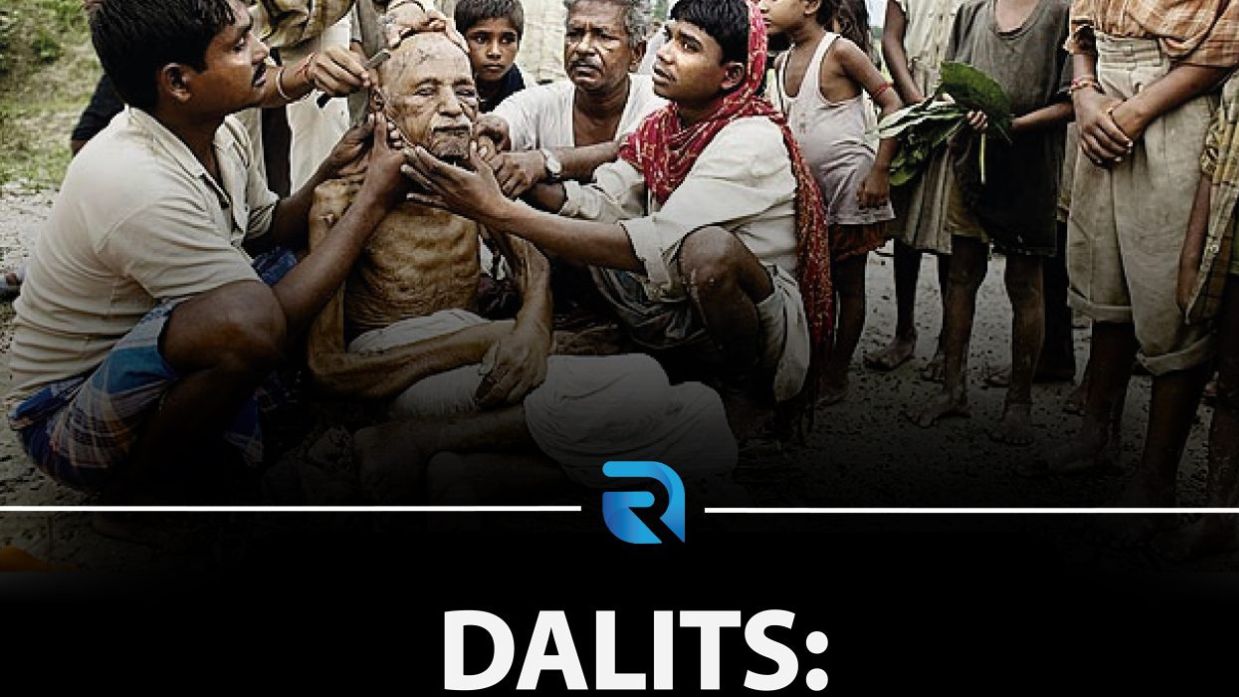

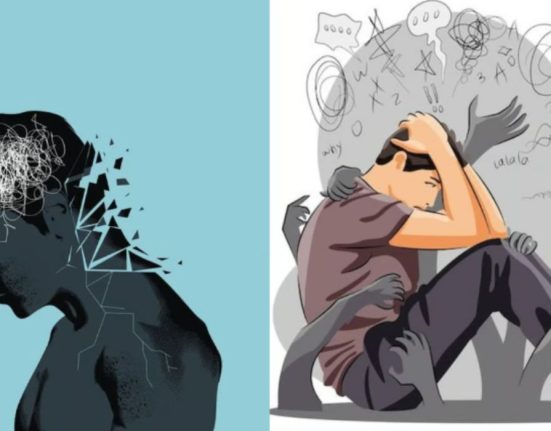
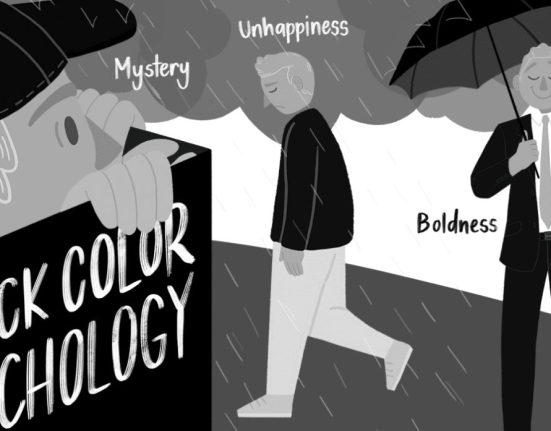

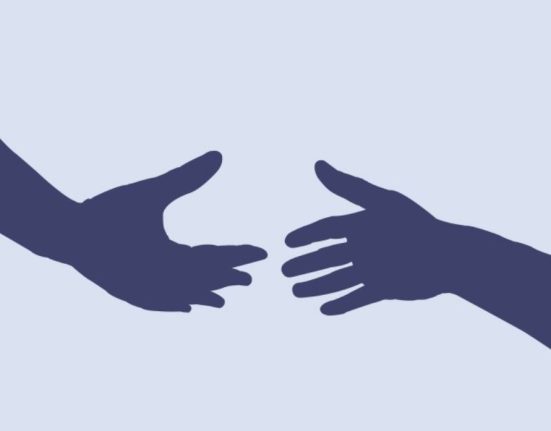
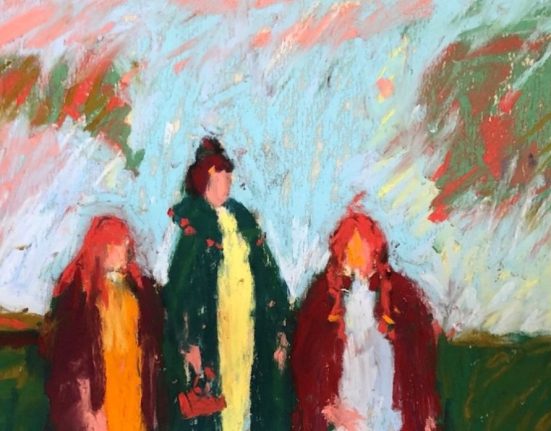
Leave feedback about this